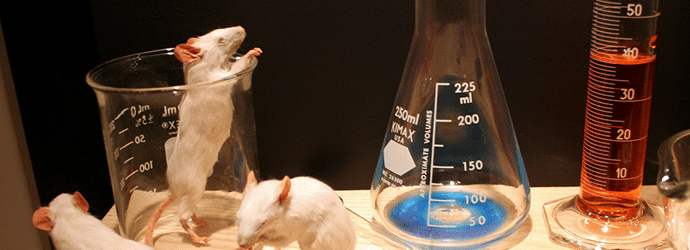In the cell culture practice, heat inactivation of serum products has always been accepted and is one of the basic protocols passed on to new cell culturists. There is no strict standard protocol for heat inactivation, some say incubate at 56 °C for 30 minutes, while some say it can be efficiently performed using temperatures ranging from 45-62 °C and incubation times of 15-60 minutes.
What ever way it is done, many people believe strongly that it is a necessary step to keep your cells happy. However, these protocols originated before the 1970’s when there were still technical flaws in the collection, processing, and understanding of serum.
More recent practices suggest that heat inactivation of serum may not be all that necessary.
Let’s look at the reasons for and against heat inactivation:
Why should you heat inactivate?
To destroy most heat-labile proteins prior to performing neutralizing antibody assays
Proteins, such as complement, can interfere with the immune response of cell lines. Triglia and Linscott demonstrated in 1980, that fetal bovine serum (FBS) contains 1–3% of adult levels of conglutinin, C1 and C6, and 5–50% of adult levels of the remaining components except C3¹. In 1979 Soltis et al. showed that heat inactivation of complement is needed to avoid immunoglobulin aggregation2.
The above findings were found before the 1990s and, there are no recent studies examining the presence of complement proteins in today’s serum preparations. According to a technical note released by Hyclone in 1996, these components were found to have no effect on hemolysis, even when using undiluted serum3.
To kill mycoplasma and other microbes
In the past, serum filtered through 0.45 ?m pore-size filters were found to contain mycoplasma. However, today’s serum suppliers generally filter through 0.1 ?m pore-size rated filters.
Why should you worry about heat inactivation?
Growth disruption to the cell culture
One concern in using heat inactivation is that it may destroy growth factors, vitamins, amino acids and other components that promote cell growth leading to under-performance in cell growth rate. Accordingly, the growth of six cell lines (HBAE, MDBK, Vero, human foreskin fibroblast, MRC-5, and Mv 1Lu) was adversely affected by heat inactivation². The growth of three cell lines (FOX-NY hybrid, MDCK, and CHO-K1) was not affected by heat inactivation. In contrast, only two cell lines (Balb/3T3 and Sp2/0Ag14 hybrid) showed slightly improved performance in heat inactivated serum, but the improvement was minimal.
Formation of precipitates due to the heating process
Over-heating serum at temperatures above 56 °C or for more than 30 minutes can cause an increase in the formation of precipitates, which are frequently mistaken as microbial contaminants. This can create unneeded tedious and time-consuming actions to identify the reasons for the cloudiness in a serum product.
As in all practices, scientists should determine the solid reasons behind the practice of heat inactivation of serum instead of following the tradition of existing protocols.
If your cells do not require it, why are you wasting time doing it?
References
- Triglia RP and Linscott WD. (1980). Titers of nine complement components, conglutinin and C3b-Inactivator in adult and fetal bovine sera. Immunol. 17:741-748.
- Soltis RD, Hasz D, Morris MJ, and Wilson ID (1979). The effect of heat inactivation of serum on aggregation of immunoglobulins. 36 (1): 37-45.
- Hyclone, Application-specific technical information – Application Notes: Heat inactivation – Are you wasting your time? Reprinted from Art To Science, 15, No. 1






